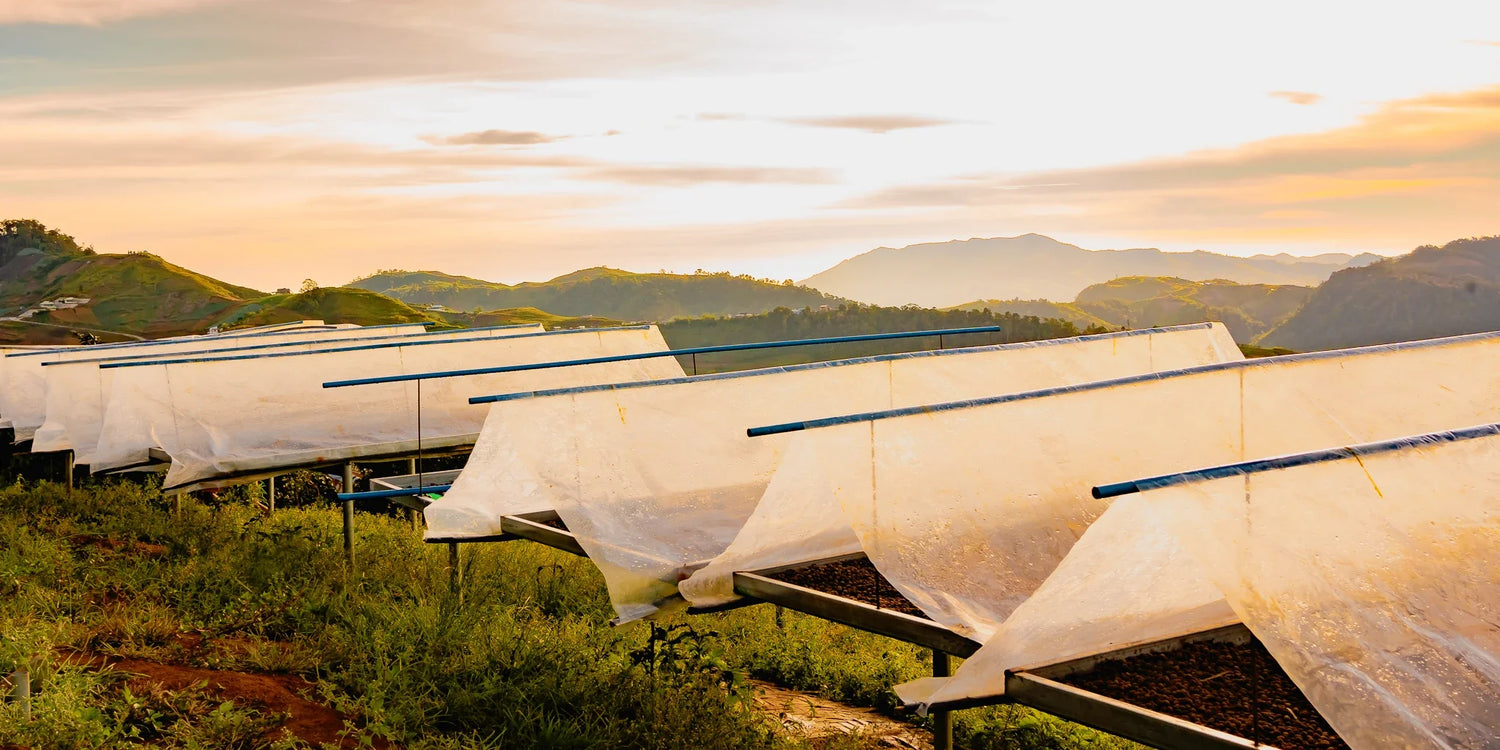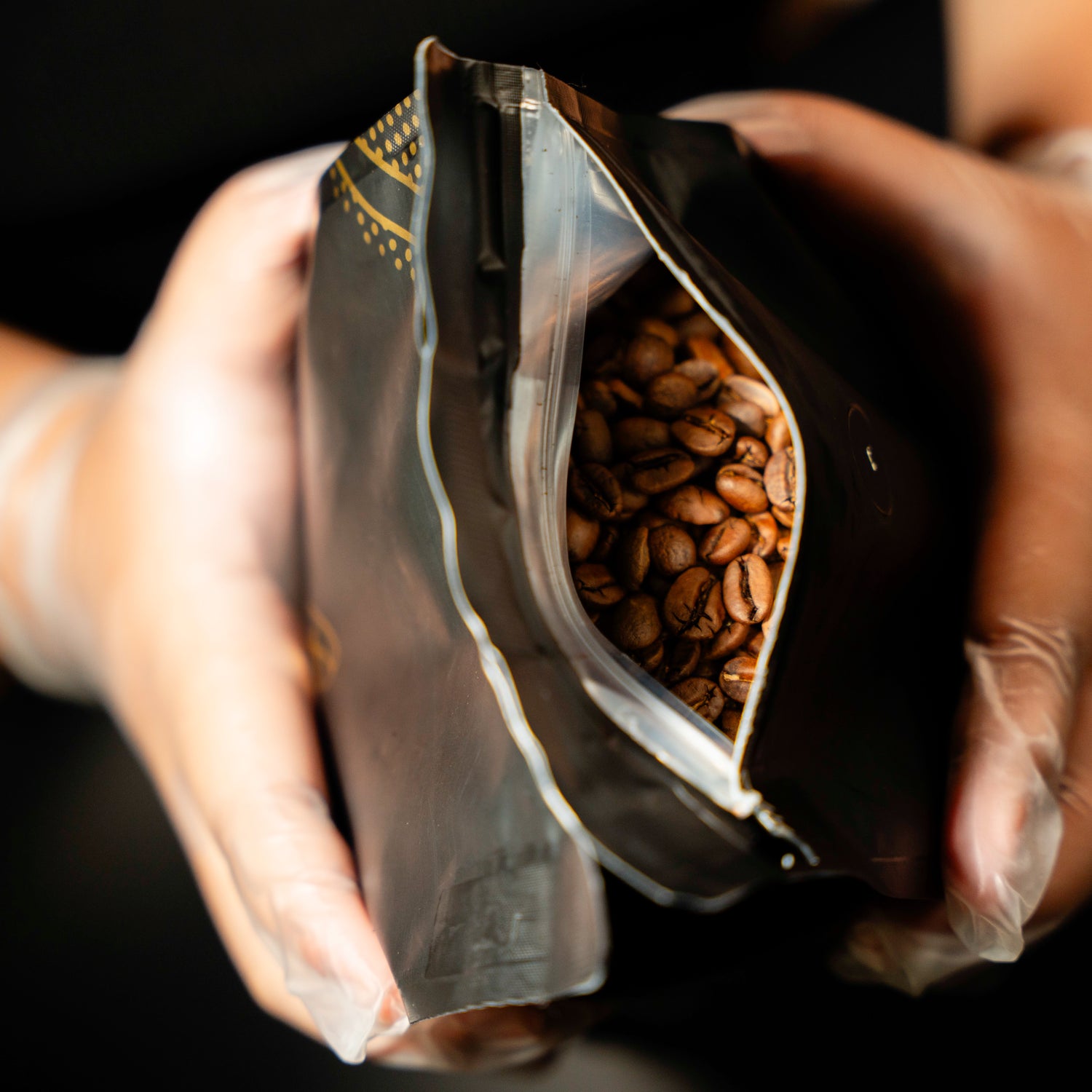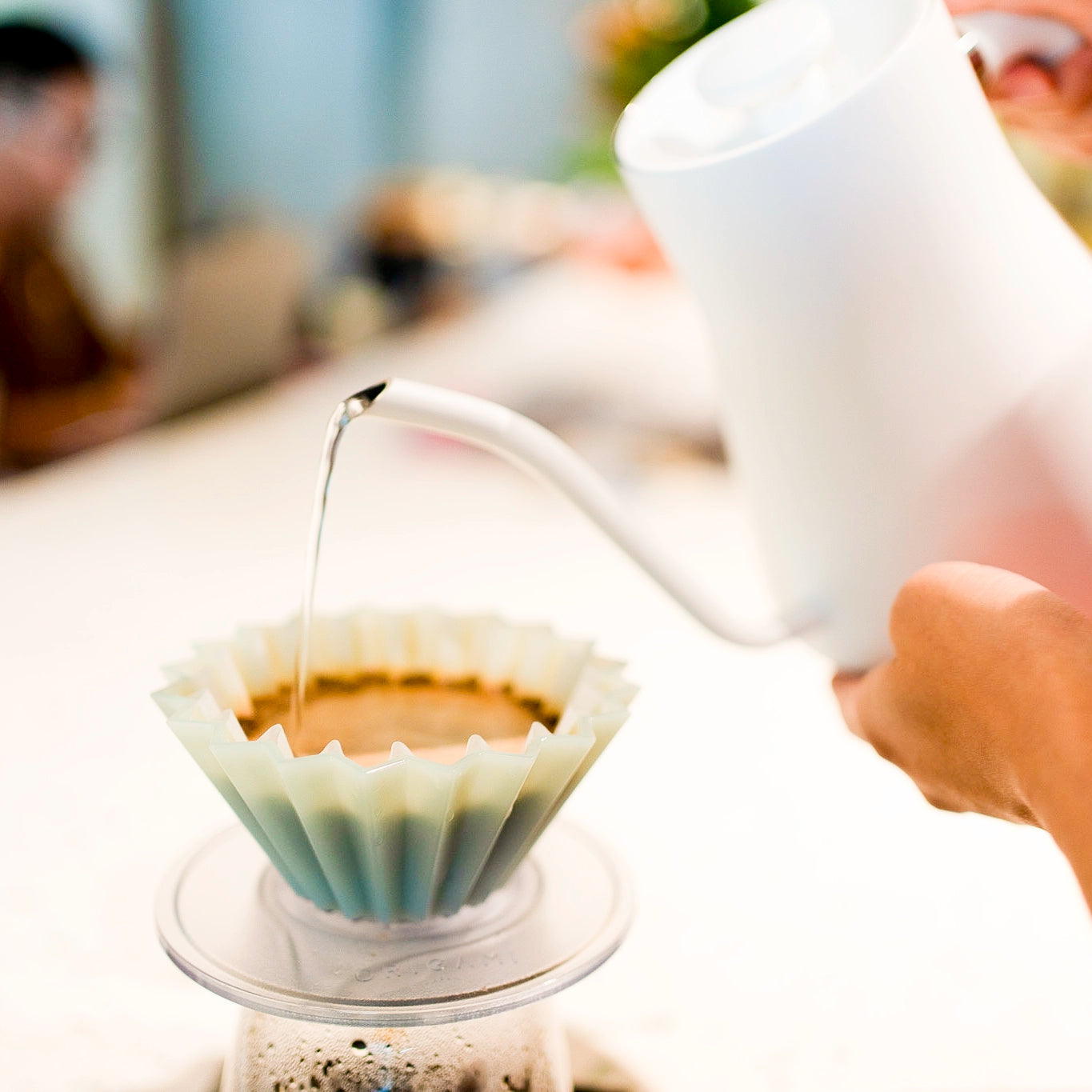Ever wondered why some cups of coffee taste incredibly smooth and balanced, while others are overwhelmingly bitter or sour? The answer lies in coffee extraction—the process of dissolving coffee compounds into water.
Why Extraction Matters
When you brew coffee, water will extract flavor compounds at different rates and different amounts throughout the whole brew. The right balance leads to a well-rounded cup, but an imbalance results in:
-
Under-extraction: Coffee tastes too sour, and sharp, because not enough sugars and bitter compounds have dissolved.
- Over-extraction: Coffee is too bitter and dry, as water has pulled out undesirable compounds.
What Is Extracted From Coffee?
Coffee is a complex beverage made up of hundreds of naturally occurring compounds that shape its flavor, aroma, and texture.
Salts contribute to balance and enhance other flavors, while acids—such as citric, malic, and phosphoric—create brightness and vibrance in the cup. Sugars, including sucrose and other simple carbohydrates, add natural sweetness and roundness. Oils, like cafestol and kahweol, carry aromatic compounds and contribute to body and richness, especially in unfiltered brews. Complex carbohydrates such as galactomannans and arabinogalactans give coffee its smooth texture and mouthfeel, making every sip fuller and more satisfying.
Only 27-35% of ground coffee is soluble, . The target extraction is only about 18-22% of the coffee.
Mastering the Basics of Coffee Extraction
If you want to brew coffee like a pro, understanding extraction is the first step. Stay tuned for more in our Coffee Extraction Theory series, where we’ll break down all the variables that affect your brew!
👉 Follow us on social media for more coffee insights!
Facebook: Pure Grounds Coffee Co.
Instagram: @puregroundscoffeeco


